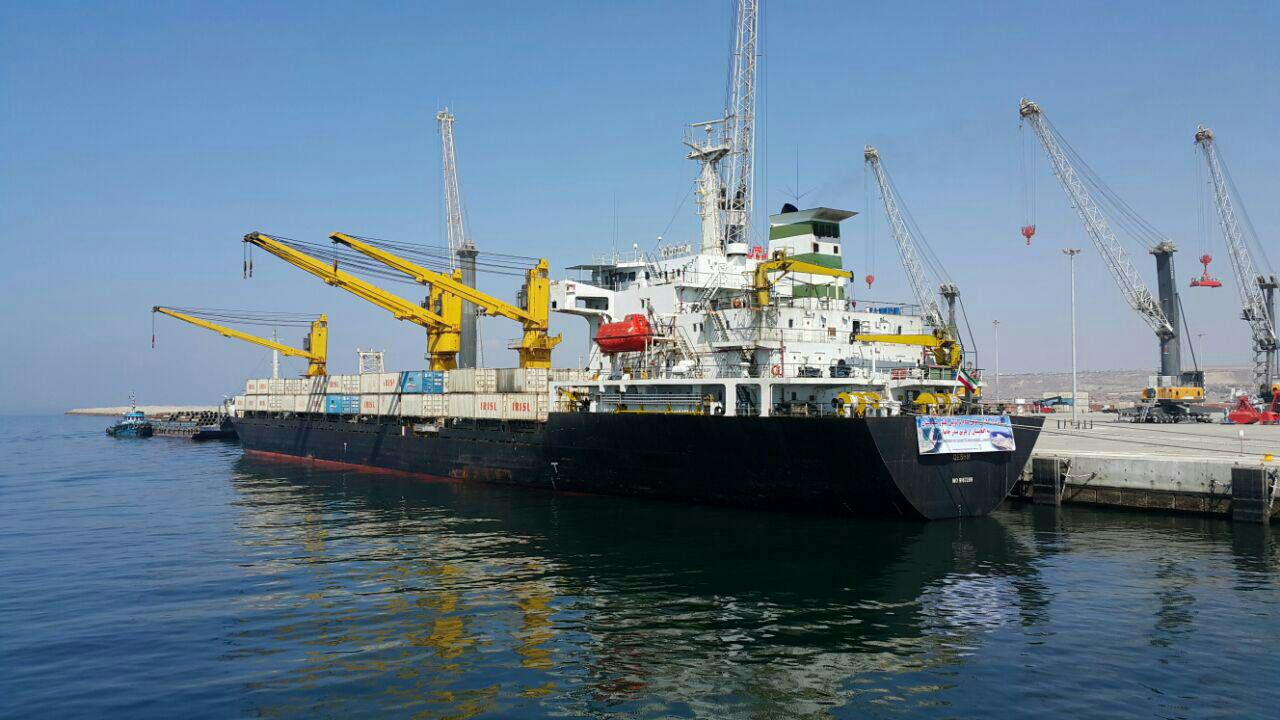India, for the first time beyond Bhutan and Nepal, will invest in a foreign country—Iran—through its own national currency rupee to bypass any trouble arising out of impending US sanctions against Iran, which bars the country from dealing in dollars and euros.
Indian Prime Minister Narendra Modi and Iranian President Hassan Rouhani are expected to put a mechanism in place for this purpose when they meet on Saturday, Indian newspaper The Economic Times reported on Friday.
According to Indian news agency Asian News International, the decision to invest in rupee was implemented last month to stimulate trade and investment between the two countries.
Iran’s President Hassan Rouhani arrived in India on a three-day visit on Thursday. He landed in Hyderabad airport where he was received by R.K. Singh, Union minister of state for power, and other senior officials. The visit is his first since assuming office in 2013 and comes a decade after the last presidential visit of Mahmoud Ahmadinejad in 2008.
Rouhani is expected to seek Indian investments across sectors from ports, rail network and special trade zones when he meets the Indian leadership and addresses a business meeting on Saturday.
The Indian investments in rupees will get converted into Iranian rial through banking mechanism allowing investments from India, including in the Chabahar Port complex.
India, which has started operating Chabahar Port on Iran’s southeastern coast as a way to gain access to Afghanistan, is assisting to expand the port complex, which will be Delhi’s gateway to Central Asia and beyond.
New Delhi aims to develop the port on Iran’s southeastern coast as a way to gain access to the markets of Central Asia as well as Afghanistan by bypassing Pakistan. The port is about 72km from the Pakistani port of Gwadar, which China is developing.
The proposal to develop Chabahar was mooted in 2003 but has gathered pace only in the past three or four years, especially following the rollback of some of the sanctions on Iran after the country signed a deal with the international community to freeze its civil nuclear program in 2015.
With US President Donald Trump threatening to pull out of the deal, the project could be dogged by uncertainty again. But Indian analysts said India is likely to go ahead with the project given Trump’s own emphasis on India’s role to stabilize Afghanistan economically.
Previously, India had said its firms could spend as much as $20 billion on not just the port but also petrochemical plants, rail lines and other industries in the area. But progress has only been made on the port so far, with India shipping consignments of wheat bound for Afghanistan through Chabahar.
The plan is for India to equip and operate two berths in the port with a capital investment of $85.21 million on a 10-year lease, an Indian official said.
Modi has said the government could spend up to $500 million on the port, India’s first major overseas port venture, as it tries to offer alternatives to China’s One Belt, One Road initiative to build trade and transport links across Asia.
India is struggling to get equipment such as cranes for the port because western banks were not ready to facilitate transactions.
“They don’t want to antagonize the US,” an Indian source involved in the port’s development but who is not authorized to speak to the media was quoted by Reuters as saying.
Rouhani inaugurated the first phase of Chabahar’s Shahid Beheshti Port in the southeastern province of Sistan-Baluchestan in December.
Chabahar is Iran’s only oceanic port town and consists of two separate ports named Shahid Kalantari and Shahid Beheshti. The opening of the first phase of Shahid Beheshti Port (out of five phases defined for the project), which has tripled its capacity to 8.5 million tons (equal to that of all the northern ports of the country), will allow the docking of super-large container ships (between 100,000 DWT and 120,000 DWT) and increase India’s connectivity with Afghanistan.
Connectivity besides energy sector will top Rouhani’s agenda in India. Iran is also the key link to the International North-South Transport Corridor project, which is aimed at connecting Northern Europe with Southeast Asia.
An agreement on India’s role in Phase-1 of Chabahar Port is expected to be signed on Saturday.
The two sides were also trying to narrow differences over Farzad B gas field that Oil and Natural Gas Corp discovered a decade ago. A delegation from Iran’s Pars Oil and Gas Company is holding talks on this.
India imports 60% of its fuel and Iran is a major supplier.
India is also looking into options to expand energy ties with Iran beyond oil imports and Farzad-B gas field.
“There are a number of projects for expansion of ties in the pipeline that not only will be in the interests of both nations but also in the interest of the region,” Iran’s ambassador to India, Gholamreza Ansari, said in a national day speech last week.
The US threat to reimpose sanctions on Iran has compelled India to explore different avenues to invest in Iran.


